Experts weigh in on Generation Alpha’s obsession with anti-ageing skincare
They’re the new face of the beauty industry and setting bizarre online trends. Here’s what we know about the “screenagers” of Gen Alpha.

Lifestyle
Don't miss out on the headlines from Lifestyle. Followed categories will be added to My News.
Meet Generation Alpha: The mini-millennials born between 2010 and 2024 taking over TikTok one “get ready with me” video at a time.
By 2025, they’re set to become the largest group of children ever to exist on Earth, and by 2029, they’ll have an economic footprint of more than $8.2 trillion.
They are predicted to stay at home longer than any generation before them, they text exclusively in lower case and rack up millions of views on bizarre animated web series Skibidi Toilet.
But beneath it all lies a far more sinister obsession.
Powered by their screen proclivities, Gen Alpha kids as young as 12 are buying up anti-ageing skincare in frenzied droves, stripping Mecca and Sephora shelves bare of chemical-packed products made famous by the likes of the Kardashians.
It comes as their predecessors, Gen Z, are seeking Botox fresh out of their teens for wrinkles that don’t even exist yet.
As catchy terms fraught with playful innocence “Sephora kids” and “baby Botox” are sent soaring across media articles — experts are warning of the dire physical and psychological consequences that come with adopting preventive ageing methods early.
Psychologist and founder of Young Minds SA Libby Richmond said the issue stems from ease of accessibility to beauty influencers, who kids idolise and imitate.
“The pressure seems to be starting younger, children are getting phones and access to TikTok way too young,” she said.
“Their brains cannot critically look at information and question the legitimacy and the harmful effects that striving for the current body ideal can have.
“Our kids and teens are the guinea pigs of social media and the long term affects won’t be discovered for many years,” she warned.
Beauty industry cashing in
A tween-cosmetics skincare phenomenon is sweeping the globe, with girls aged between eight and 12 reportedly the largest growth market for cosmetics in the US, spending $US60 million per month on products as they buy up big at Sephora and Mecca.
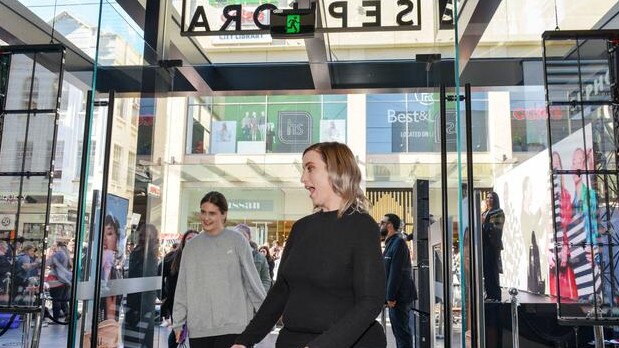
According to a recent US study from Piper Sandler, the average teen will spend $US123 a year on makeup and $US119 on skincare.
But it’s not the cult green and pink tube of Maybelline mascara many of us will fondly recall from our awkward pre-teen years — it’s tubs of Drunk Elephant moisturiser that retail for over $100, Sol de Janeiro fragrances and Glow Recipe serums aimed to slow visible signs of ageing.
These pastel packaged products adorn bathroom cabinets which often form the backdrop for “Get Ready With Me” videos — a bona fide Gen Alpha sensation.
“I’m 11 and I think I know more about Drunk Elephant than you do,” a young TikToker boldy proclaims in one such video.
Ms Richmond said while she doesn’t believe teens are necessarily worried about ageing, influencer campaigns are successfully baiting impressionable young girls.
“Teens are vulnerable in many ways, influencers and social media companies know this and use it to their advantage,” she said.
“TikTok, Instagram and social media in general are created to keep you scrolling and addicted seeking more and more content. The platform’s strategies are the same as those used for pokie machines, with colours, continuous content which gives users short lived dopamine to make them keep coming back, the issue is it is also increasing the rates of anxiety and depression,” she explained.
“It is an addiction that both teens and adults are currently living with. Dangerous trends are being put online including encouraging self harm, eating disorders and toxic masculinity just to name a few.”
Aussie beauty guru Zoe Foster Blake, the founder of Go-To Skincare married to Hamish Blake, also waded into the growing concerns surrounding youth skincare trends earlier this year.
“Do tweens need skincare? Usually not! Will they use it anyway? Almost certainly!,” she wrote to followers, recommending nothing more than a cleanser, hydrating serum and sunscreen to steer them away from retinol and peptides.
“(Young children) are buying really expensive products. And if I was 10 years old and had access to social media I would be doing the same thing, I would do anything an influencer would tell me to do,” she told followers in an Instagram video.
With Gen Alpha driving almost 50 per cent of skincare sales growth, a leading pharmacy chain in Sweden has even introduced age restrictions for buying certain products.
If you are 15 or younger, you will no longer be able to buy skincare products with AHAs, BHAs, vitamin A (retinoids) and vitamin C at your local Apotek Hjärtat.
It doesn’t stop at creams and serums, with other tweens putting pressure on their parents to buy them all manner of newfangled beauty products from the latest Dyson to wacky new inventions.
Enter the anti-wrinkle straw, shaped like the number 7, with a small hole at the top horizontal portion that allows users to drink without pursing their lips.
In a video with more than 1.6 million views on TikTok — and even more on X — influencer Michaela Scott raves about the product.
“This straw is an anti-wrinkle straw, so you’re not pursing your lips as much when you drink out of it sideways like this,” she said in the video, posted in April.
Elsewhere, wellness influencer Lauren Erro claims it “might be the best invention for anti-ageing.”
“They always say that straws give you mouth wrinkles, but this straw literally is trying to prevent that,” she said in a recent TikTok.
Who are Gen Alpha kids?
Demographers define Generation Alpha as those born between 2010 and 2024, with mostly Millennial and Gen Z parents.
More than 2.8 million new Alphas are born around the world every week, most of them in India, China and Nigeria.
By the generation’s cut off in 2025, they will number almost two billion, making them the largest generation in the history of the world, who will live longer than any generation before them.
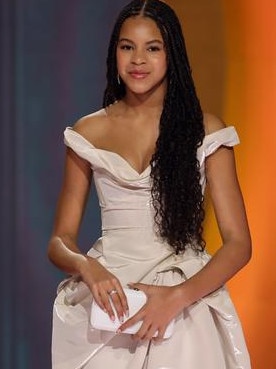
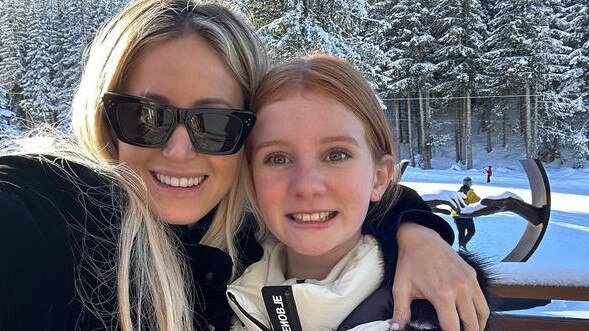
They will likely learn the alphabet from an iPad, know how to swipe a screen before they can talk, drive electric cars and have no idea what a landline is or the sound of dial-up internet.
According to social analysts McCrindle, Alphas will stay in education longer, delay their working lives and will take full advantage of the “bank of mum and dad”, cohabitating with their parents in their childhood bedrooms until their late twenties.
“Gen Alpha looks like it might be quite different from all the other generations,” Alice Crossley, a foresight analyst at the Future Laboratory, told London’s The Times.
“They’ve grown up exposed to technology, but they’re the first children to be born to parents who have experience on the internet and can be role models for digital habits.”
The rise of the screenager
Gen Alphas are certified screen addicts, with 57 per cent already spending more than three hours per day on digital devices.
Alphas aged 8 to 12 spend 32 minutes a day gaming, according to Ofcom, and Roblox is by far their most popular game app, with nearly two thirds of them playing user-created games hosted on the network.
Magic Tiles 3, Toca Life World, Minecraft, FIFFIFAccer and Among Us are also hits with the Alpha set, as are educational apps like the language teaching app Duolingo and the maths learning tool Times Tables Rock Stars.
But in by far the most befuddling digital trend, one of Alpha’s biggest fascinations is with the YouTube channel DaFuq!?Boom!, which hosts the unsettling animated web series Skibidi Toilet.

The dark kids entertainment venture, first created in February, revolves around a fictional war between human-headed toilets and humans with electronic devices for heads.
Skibidi Toilet has more than 38 million subscribers, with one of the most watched episodes viewed more than 135 million times.
The show has spawned panic in some countries over what has been dubbed “Skibidi Toilet Syndrome,” described as deep obsession that often results in anger or sadness when restricted from watching.
“I think if parents knew the content their children were watching they would be shocked,” Ms Richmond said of Gen Alpha’s screen habits.
“Adults need to remember that their role is to help protect their children from this addiction and the negative content they are viewing.
“Teens are not capable of self managing their phone use and boundaries should be put in place by parents to help, as tough as this is to enforce rules, ignoring the issue will just make it worse.”
Famous Gen Alpha Screenagers
Beyonce and Jay-Z’s daughter Blue Ivy Carter, 12, has been benefiting from the opening doors of nepotism since she was in utero. Literally.
The tween remains the youngest person to have appeared on the US Billboard charts when her in- heartbeat and first cries were sampled on her father’s song, Glory, which came out just two days after she was born.
At eight, she became the second-youngest Grammy winner in history after featuring on and co-writing her mother’s single, Brown Skin Girl.
In 2023 — the stuff of most professional dancers’ wildest dreams — she was part of the dance troupe for Beyonce’s Renaissance world tour.
Along with Blue Ivy Carter, all three of Prince William and Princess Kate’s children — George, 10, Charlotte, eight, and Prince Louis, five — along with their cousins Archie, four, and Lilibet, two, are part of the Alpha set.
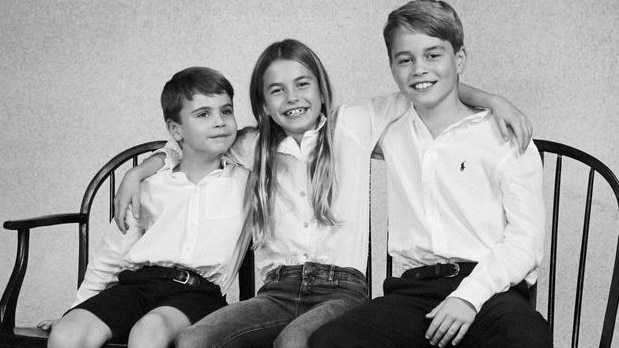
Harper Beckham, 12, who has been showcasing a wardrobe worth tens of thousands since she was in nappies, joins them, along with Kim and Kanye’s daughter North West.
West, 10, already has a TikTok following of more than 18.8 million on an account shared with her mother, and is releasing an album with the guidance of her dad.
It is set to be titled Elementary School Dropout in a throwback to her father’s critically acclaimed debut, The College Dropout.
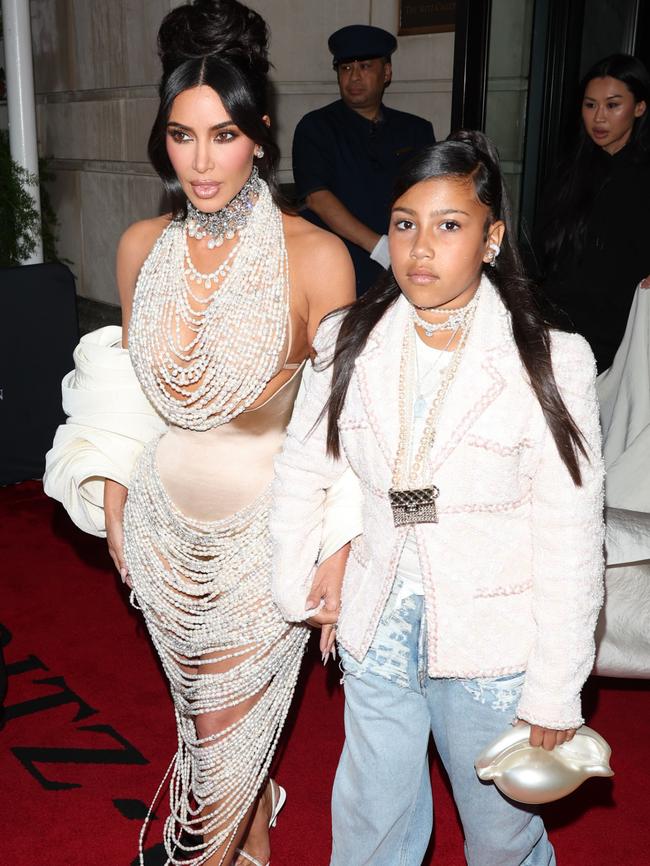
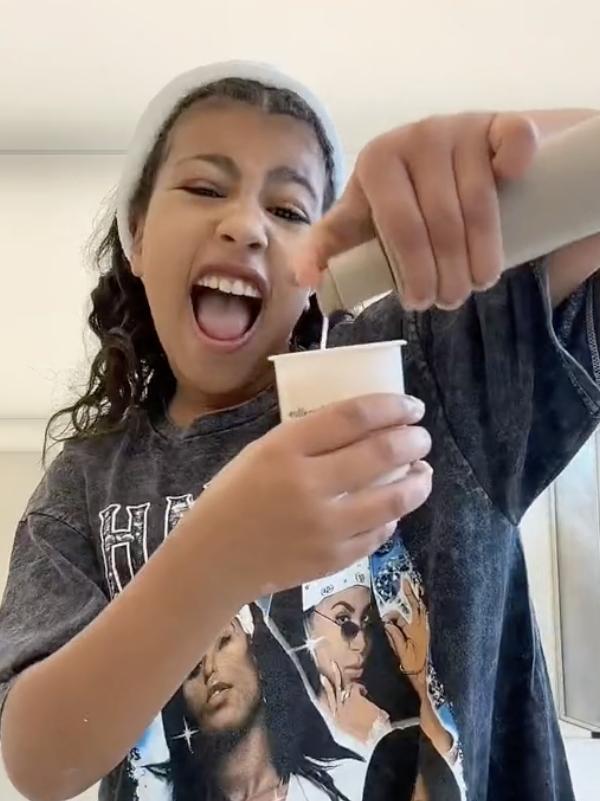
And in Australia, Pixie Curtis, the 12-year-old daughter of Sydney PR maven Roxy Jacenko, am amassed a multimillion-dollar empire as a toddler selling bows on Instagram.
The pint-sized entrepreneur branched out into fidget spinners before “semi-retiring” from business last year to focus on her homework.




